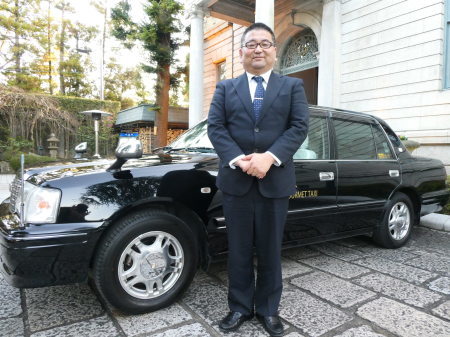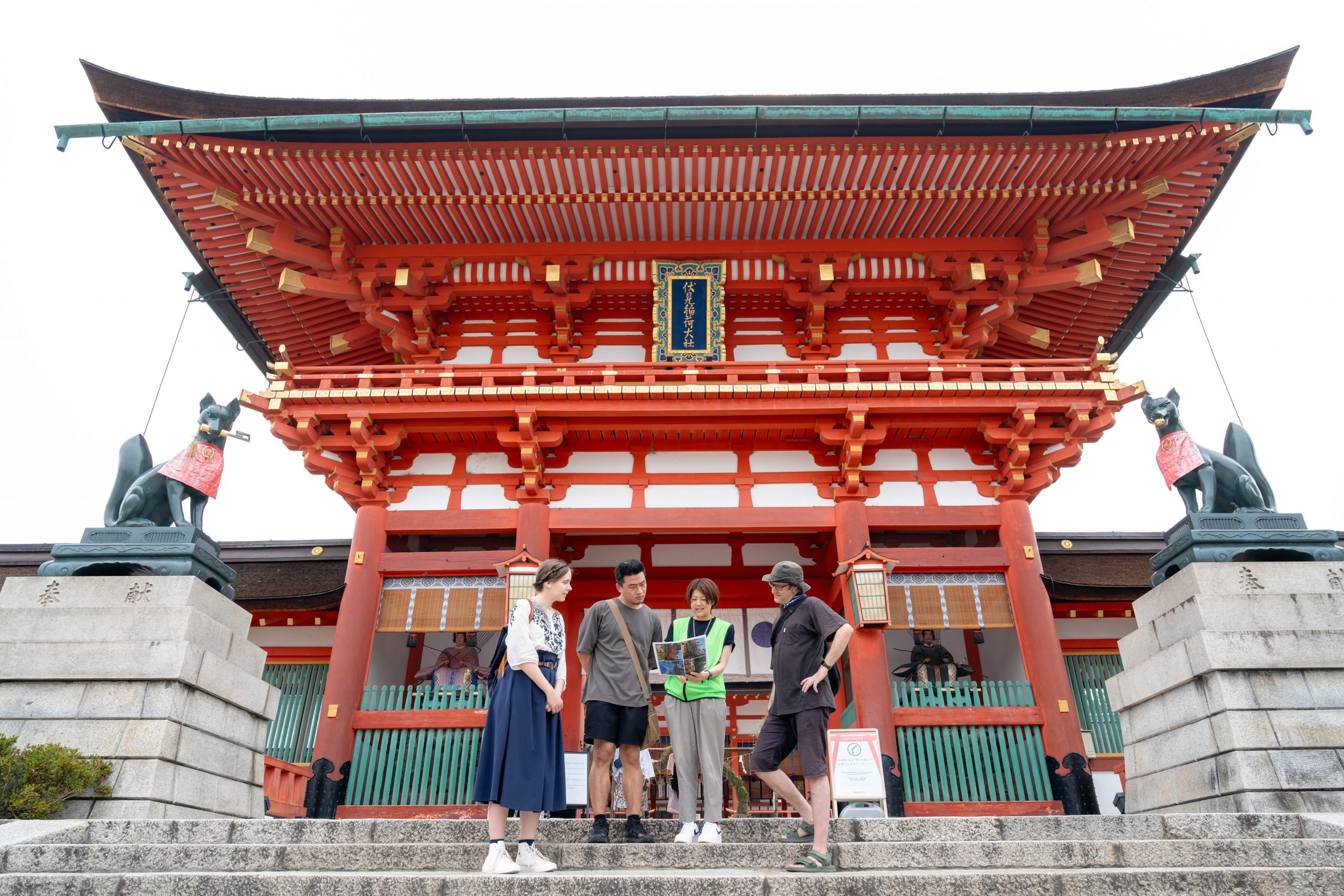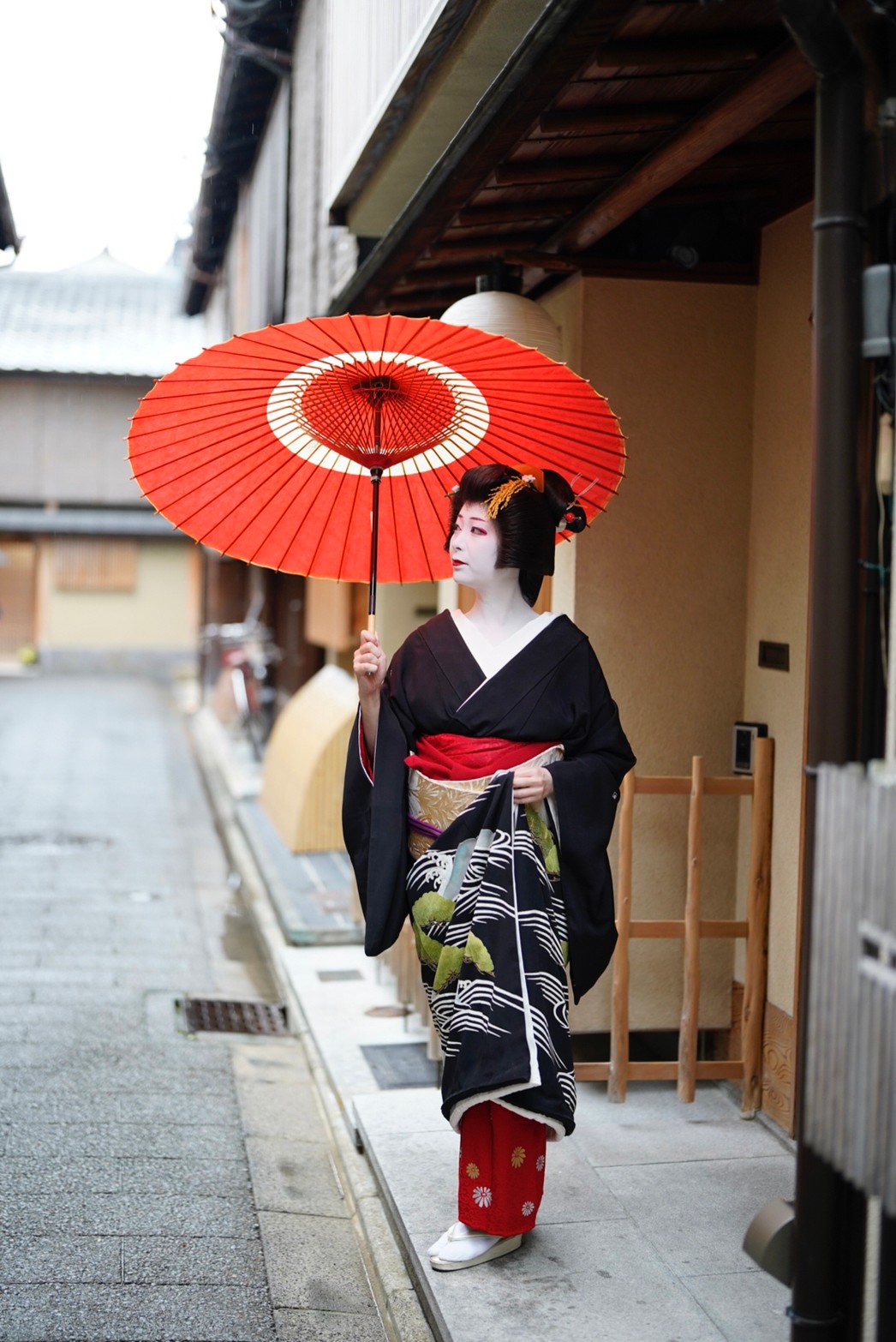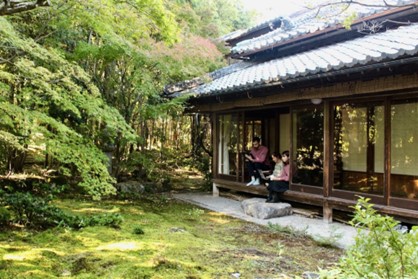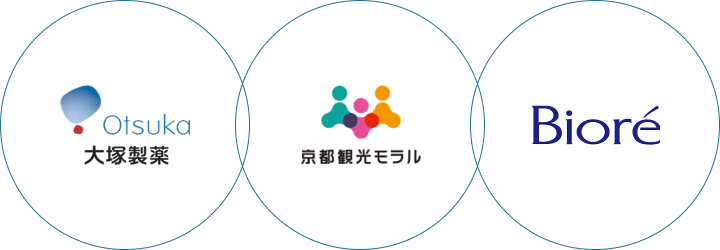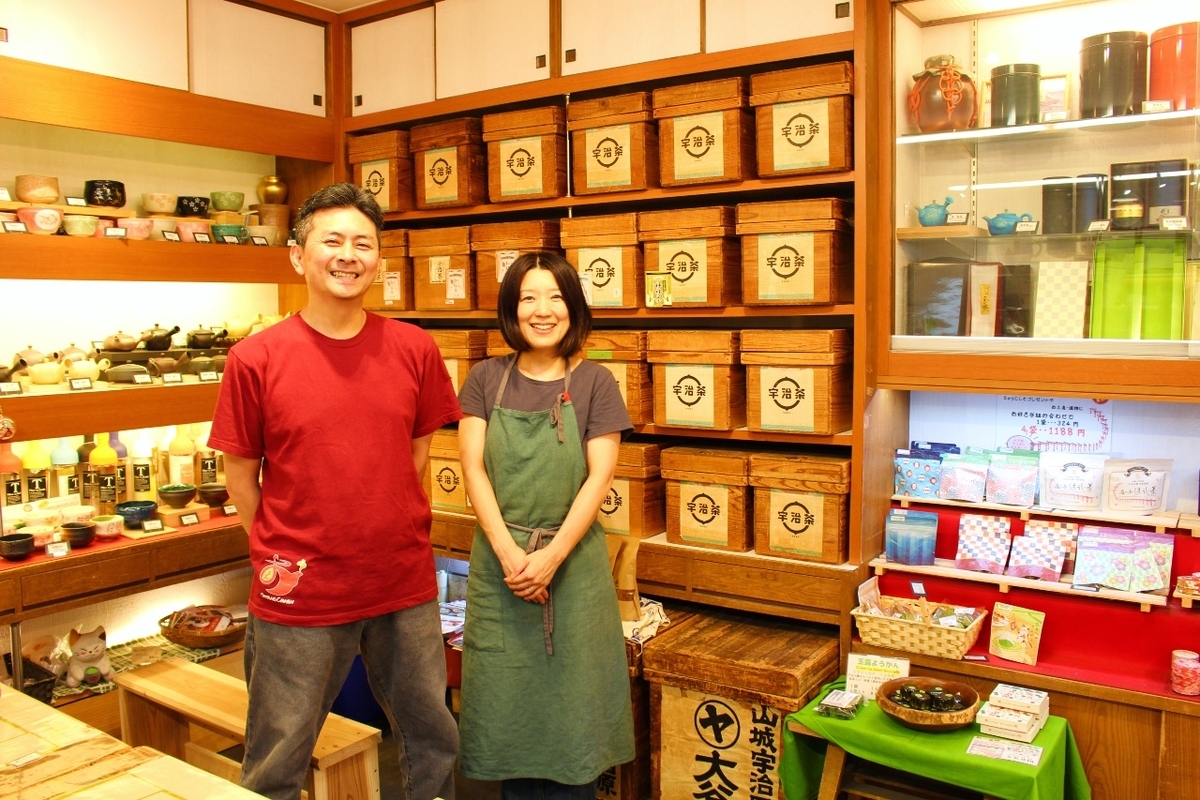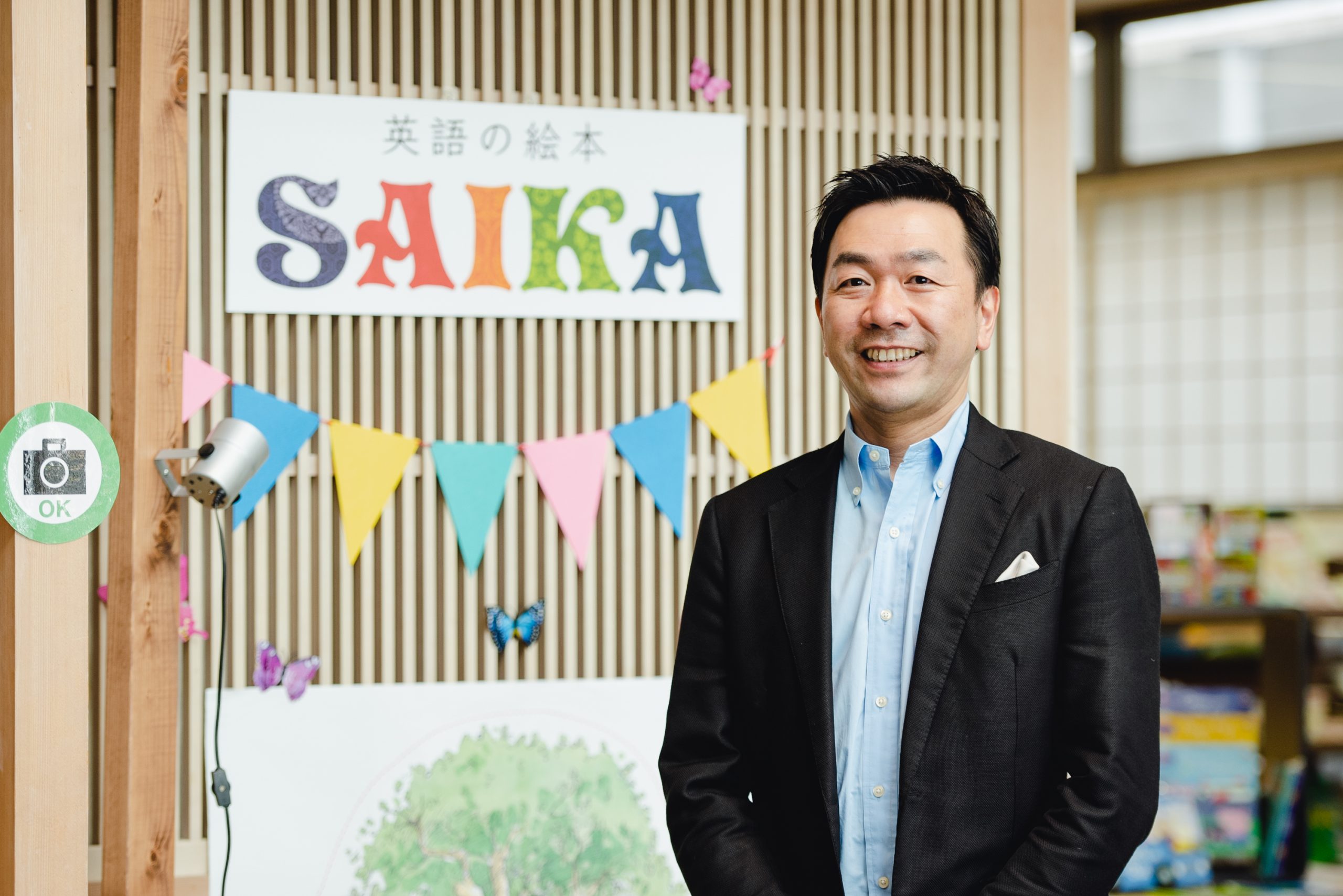
Amita Corporation has been selling traditional Japanese craft products overseas since its founding in 1932 (Showa 7). Tomokuni Amita, the third president of the company, opened “English Picture Book Saika” in a corner of Kyoto Handicraft Center, which he manages, to contribute to English education for local children by utilizing the company’s strengths in its business with visitors from abroad. His efforts to create “harmony between residents’ lives and tourism” reveal a mindset essential for tourism operators moving forward.
Leveraging company strengths to contribute to the community
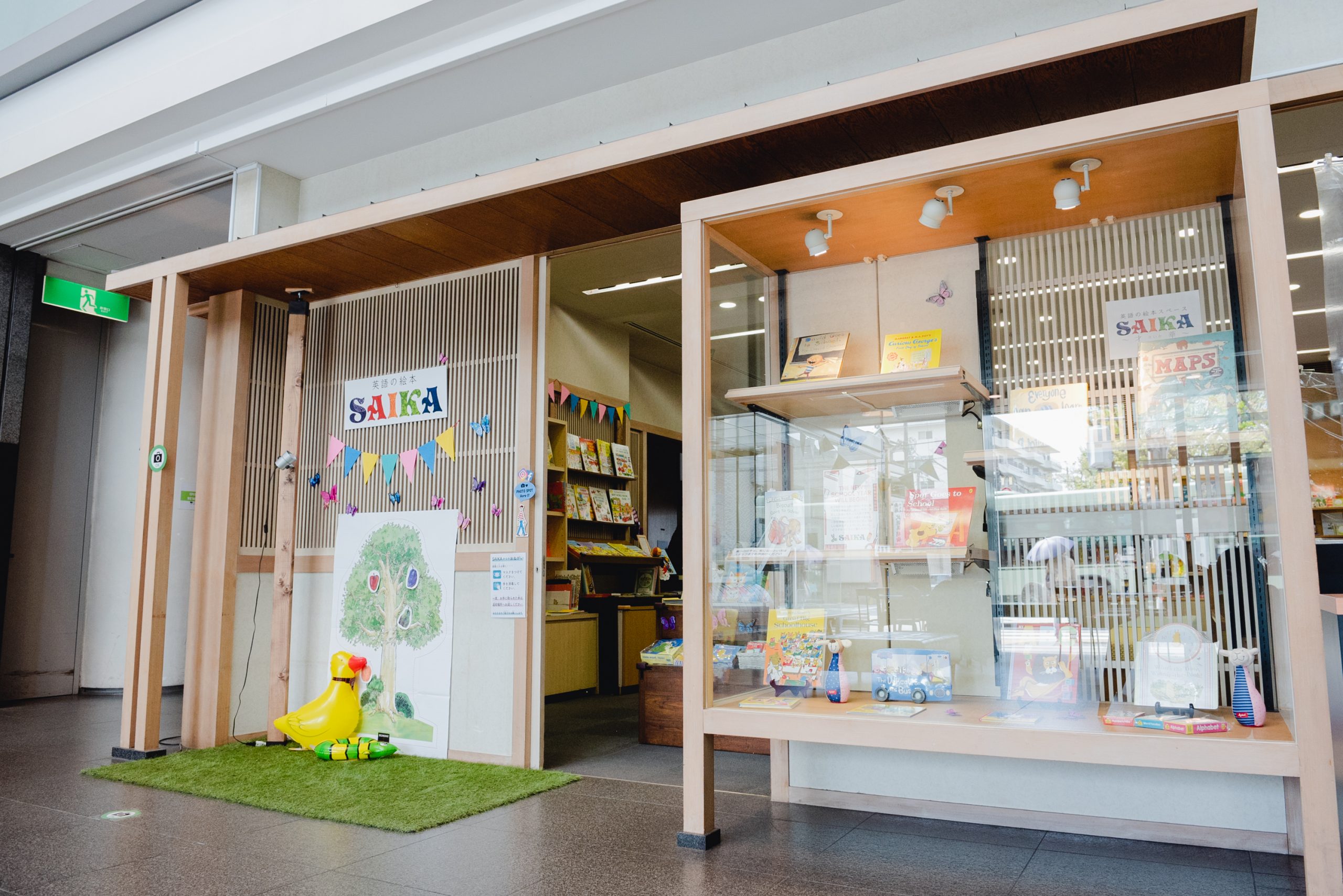
Before the onset of the COVID-19 pandemic, Kyoto saw an increase in inbound tourism, and more and more people from different fields waded into the tourism industry. However, Amita had been involved with businesses targeting foreign tourists since before the term “inbound” became so commonly used, and as he thought ahead to the future, he realized that the current situation could not last forever.
“With the increase in inbound tourism, I started to feel that we couldn’t survive for long if we only focused on this one area, considering that other industries were getting into tourism. With overtourism being a pressing issue today, a business won’t be viable unless it’s able to give back and contribute to the local community. I thought that the only way that tourists would recognize us is if we were supported and recognized by the local community and society as a whole, so I was trying to find something that we could do.”
What can a tourism business do to contribute to the community? Amita’s idea was to get involved in the business of teaching English to children.
“Most of our business is with customers from the Western world, and all of our staff speak English. I figured that we could use these strengths to launch a business that contributes to children’s English education by creating a space with English-language picture books.”
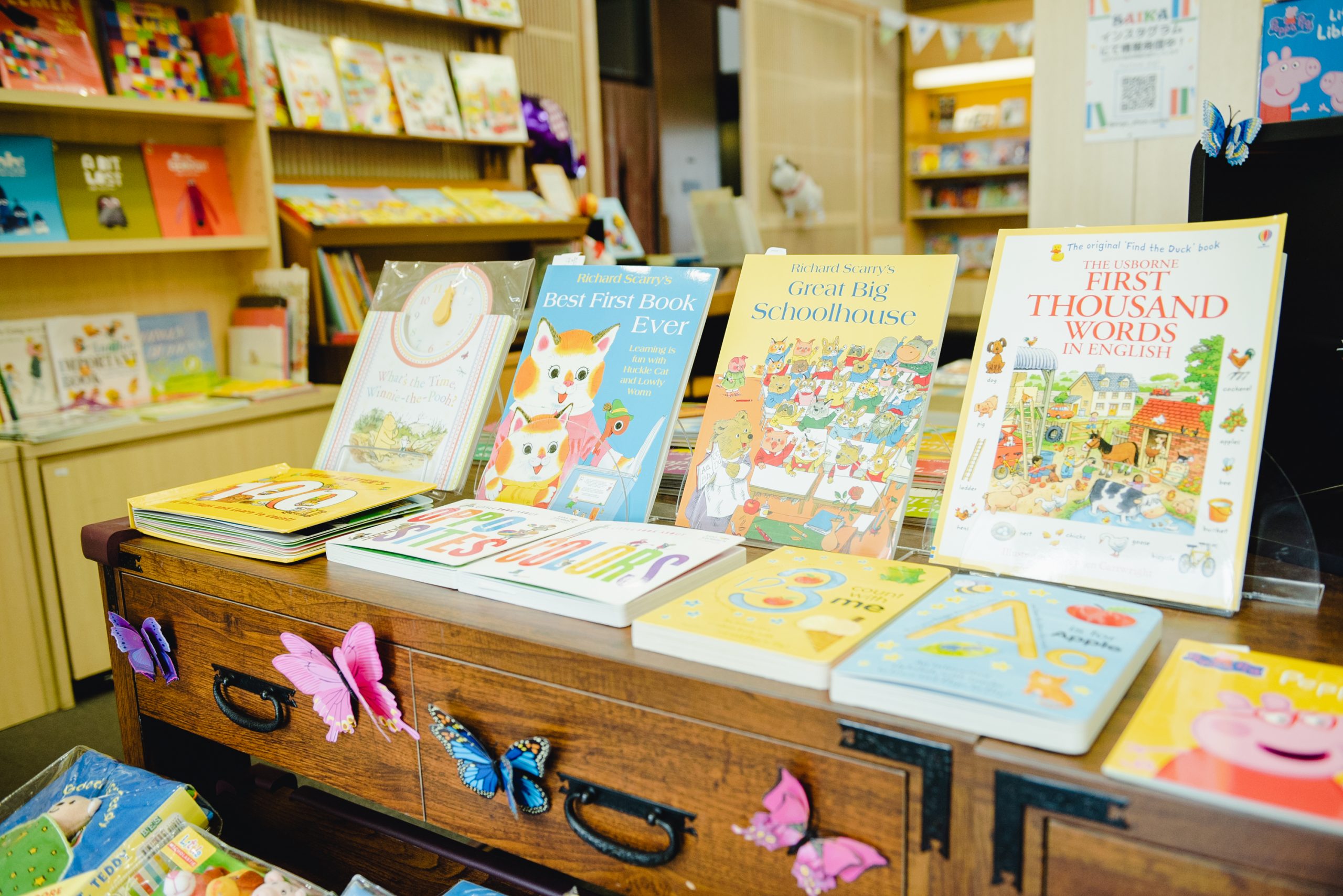
Conceptualization began in late 2019, and preparations began soon after, with the goal of opening in March 2020. Despite postponements caused by the onset of the pandemic, “English Picture Book Saika”, a space offering approximately 1,000 English-language picture books, successfully opened in August of that year.
“The goal wasn’t to create a bookstore, but a space with English-language books. That’s why I didn’t call it a bookstore and went with ‘English Picture Book Saika’ instead. These days, we can buy and read books online, but I think it’s important for children to actually touch and feel books, taking in the texture and smell of the paper, in an actual physical space to increase their interest in books,” he says.
Amita himself has two children, a five-year-old and a three-year-old. He’s seen how his children absorb more and more English through their picture books.
“My five-year-old daughter reads English picture books for about 10 minutes every morning, and I’m amazed at how good she’s gotten. She just picks up a book that interests her, and even if she doesn’t understand it at first, she’ll read it aloud, and that helps her build her English knowledge base.”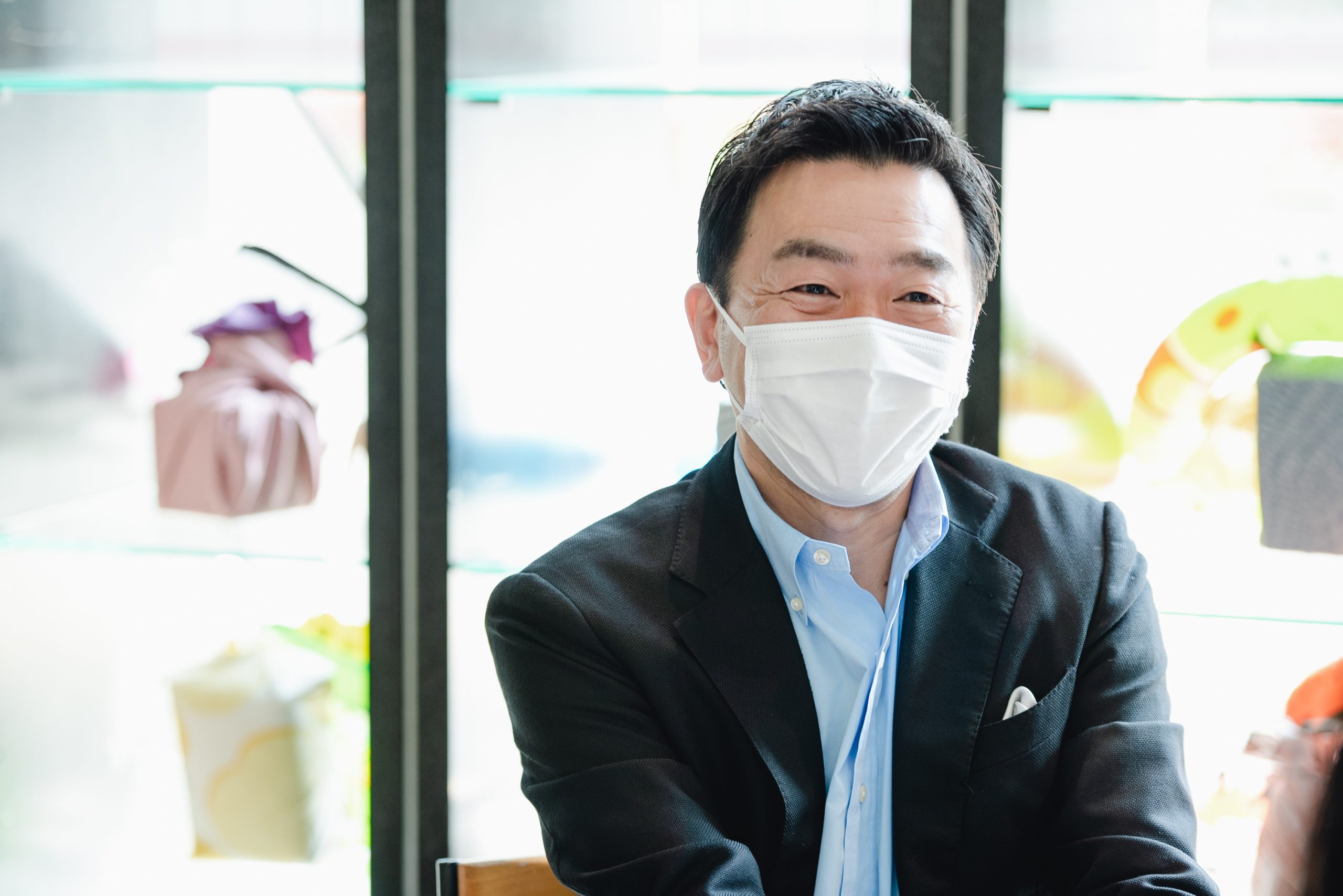
At SAIKA, staff members help children choose what picture books to read based on their age, gender, interests, and preferences, and also whether or not their parents speak any English. Furthermore, Amita says that he wants to further develop their customer management in a way that creates a system that allows for ongoing communication.
“I want to create a customer list and deepen mutual communications by doing things like announcing storytelling events or planning events based on customer feedback. There’s also an elementary school nearby, so we’re planning to work with the local community so that everyone can get involved.”
He also says that there are many other plans he wants to put into motion eventually.
“I want this to become a place that does more than just sell books, by adding things like a checkout system and play equipment. When foreign tourists start coming to Kyoto again, it would be nice to have a place where they can interact with local children in a real and meaningful way. I want to come up with a system that encourages interaction with children, such as having foreign visitors write comments about picture books they recommend.”
AMITA Corporation’s efforts to contribute to the community by leveraging its unique strengths have only just begun. They seem to have much more to offer.
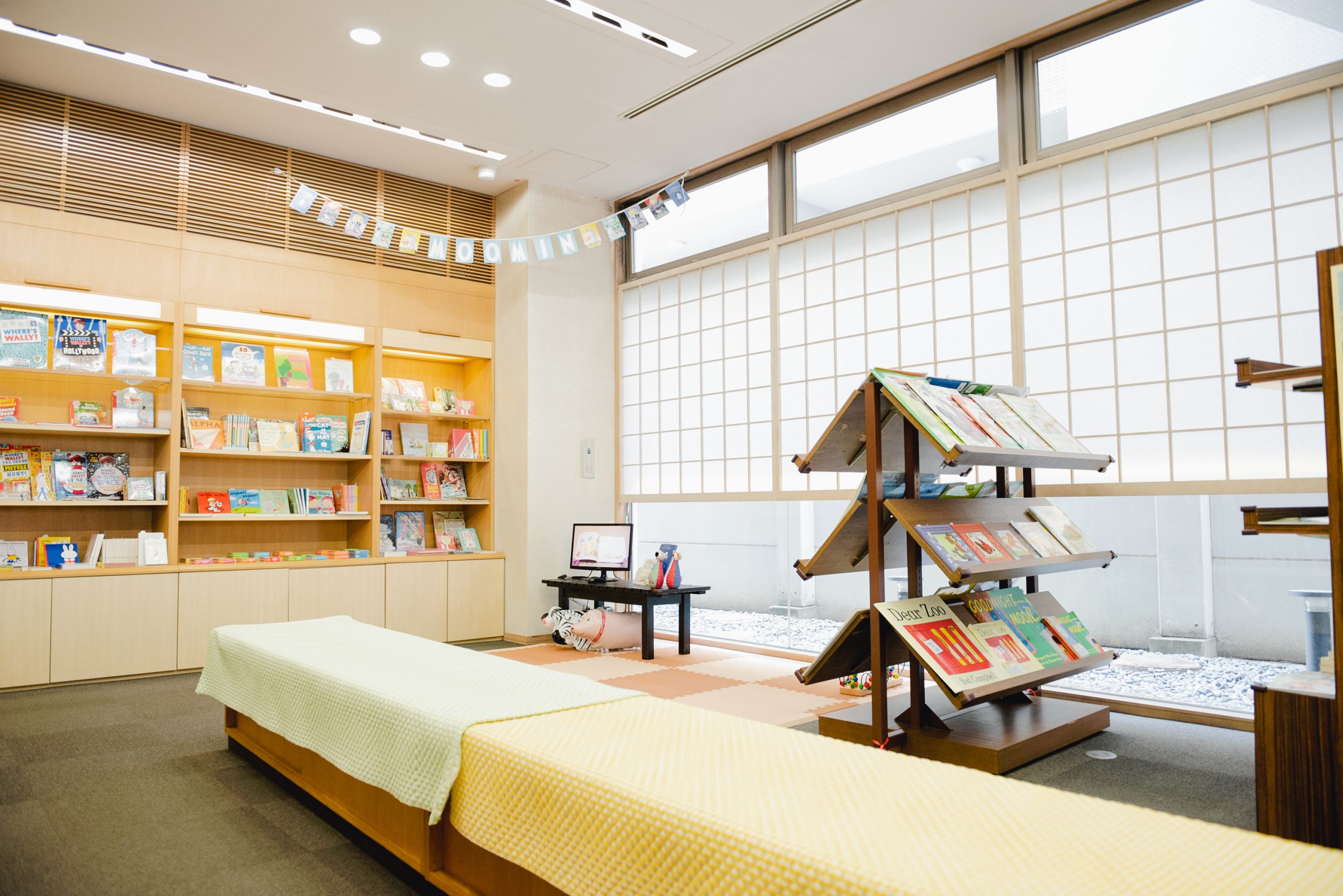
Continually acting to attain sustainable management
AMITA Corporation has been operating businesses aimed at foreign customers since the prewar era. What have been the core values of the company for this entire time?
“What’s always been important to us is not just selling things, but making the customer’s journey more valuable. This is a place where memories are made, and those memories enrich people’s lives. That’s why I always tell my staff to maximize the value of the customer’s experience with us, and I feel that this desire has spread throughout the company. That attitude of deep consideration for the customer is ingrained in our company’s culture.”
Amita Corporation’s aim is to use hospitality to improve the quality of their services and products to leave a positive impression on tourists and make them want to visit Kyoto again. Perhaps the way they have naturally put the Kyoto Sightseeing Etiquette way of thinking into practice is the reason that they have earned the support of the community for nearly 90 years.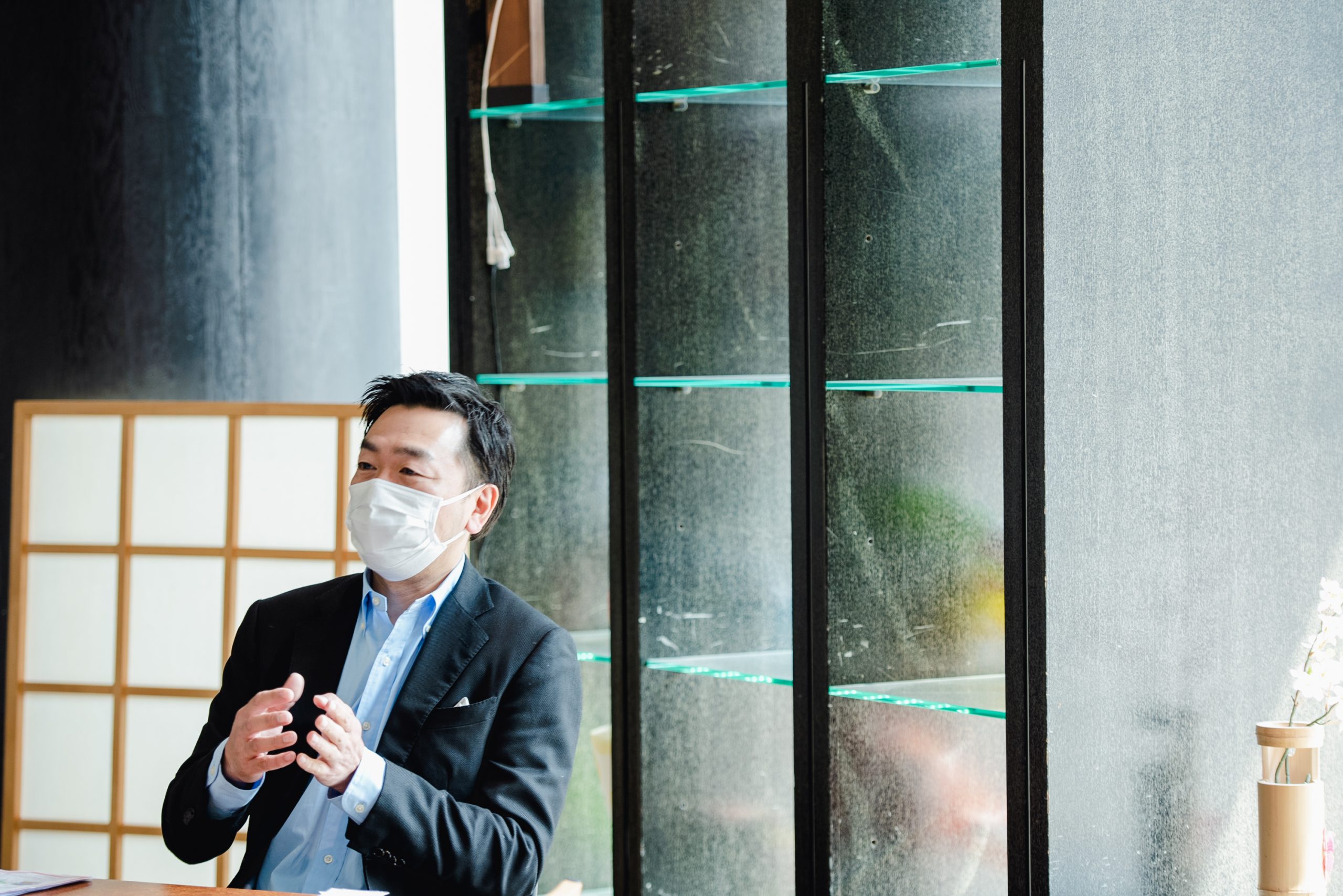
When asked about other aspects of Kyoto Sightseeing Etiquette, Amita said, “Keeping harmony with the lives of local residents is essential for tourism businesses going forward.”
“Tourism is an industry that always has its ups and downs and can be affected by many things, including disasters, diseases, and international affairs. I don’t think we will last for long as a business unless we can make a solid contribution to the community in harmony with the lives of the local residents.”
Furthermore, moving forward, the company is looking into the idea of creating a business that would contribute to the community while also compensating for the current lack of tourism.
“Okazaki, the area of Kyoto where the company is based, is a cultural area with things like a zoo and an art museum, but I think it’s a bit lacking in terms of dining establishments. We have a large space that has hosted large tourist groups in the past, so we thought that we could put it to good use by opening it up to the community. What I’m thinking of is a restaurant that’s in tune with the needs of the current era. People could check the congestion status on their smartphones to make sure they can enjoy their meal in a space that isn’t overly crowded, and order takeout online, and go pick it up without having to wait.”

Amita is also considering some new developments in the field of traditional crafts, a field in which he has been involved for quite some time, such as the introduction of a subscription-based rental service. He expressed his desire for the industry to protect the dwindling number of artisans by providing more opportunities for consumers to experience traditional crafts, as opposed to relying completely on traditional sales methods.
Amita’s attitude of always staying one step ahead and continuing to generate new ideas and take action will likely set an example for other businesses to follow as they seek to achieve sustainable tourism and management.
Related website
[Kyoto Guidelines for Sustainable Tourism] Best Practice Case Examples

